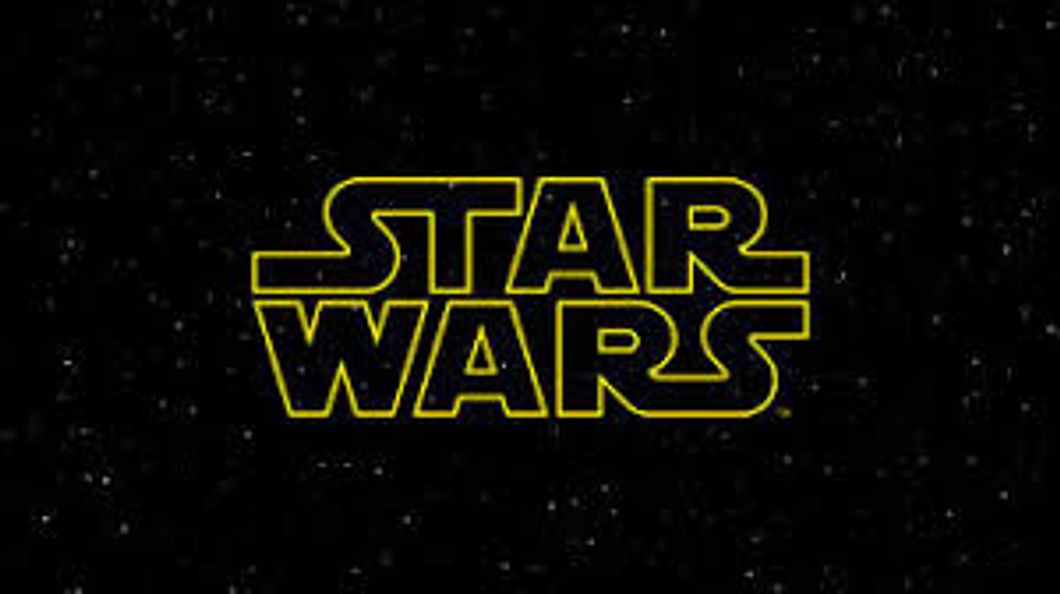If you're like me, you might feel a bit let down by the sequel trilogy to Star Wars. Not going to dive into any of the reasons why, that's an article for another day, but I know there are a lot of people who feel that way. Allow me to introduce you, then, to another Star Wars sequel trilogy you may not know about: the original sequels, otherwise known as the Thrawn trilogy. It's a series of three books (Hier to the Empire, Dark Force Rising, and The Last Command) written by the fantastic author Timothy Zahn. The Thrawn trilogy almost singlehandedly launched the now-massive Star Wars expanded universe. Their success even influenced and encouraged George Lucas to begin working on the Star Wars prequels.
**Moving on from real-world backstory to the novels themselves. If you're interested in reading the novels, don't worry, there won't be any real spoilers in this article.**
They take place five years after the events of Return of the Jedi. The Rebel Alliance has become the New Republic, and the Galactic Empire is a disorganized shadow of its former self. Enter the trilogy's namesake, Mitth'raw'nuruodo, known throughout the galaxy as Thrawn. He was a Chiss from an independent empire in the very edge of the galaxy, and one of the few aliens to rise to prominence within the Empire, especially within the Imperial Military. He was granted the rank of Grand Admiral, and as of 9 ABY, when the novels take place, he was the last of the Grand Admirals.
More important than his race and rank were Thrawn's abilities. He was widely regarded as a military genius, and throughout the novels, he outsmarts the heroes and leaders who helped to topple the empire. The New Republic's best, from Admiral Ackbar to Garm Bel Iblis to the pilots of Rogue Squadron and even, despite their best efforts, Luke, Leia, Han, Lando, and the other heroes, were unable to outsmart him. Grand Admiral Thrawn was able to unite the scattered remnants of the Empire, and with a surprisingly small force, kept the New Republic on the back foot, and continually won battles against them.
But as well as being a tactical genius, Thrawn was also a genius in intellectual terms. Part of why he was so successful was because he was able to use his incredible analytical and perception skills to influence his military decisions. He was able to use his knowledge of the art and cultures of different species to use tactics most effective against them. He was also able to use his knowledge of the history of the galaxy and the individuals within it to predict their actions or manipulate them into helping his campaign. He is routinely able to stay a step ahead of the New Republic and our heroes, and he even easily sees through the most ingenious tricks that our heroes can come up with.
Sound familiar? Arthur Conan Doyle's famous detective, Sherlock Holmes, like Thrawn, is able to take the tiniest details and use his extensive knowledge and analytical mind to solve any mystery he is faced with. But their genius, while a similarity, is not the similarity I am focusing on. Instead, the similarity comes in the form of the narrative structure and two other characters. If you've read Sherlock Holmes, you'll know that the stories aren't actually told from Sherlock Holmes's perspective, they're told from the point of view of the bumbling Dr. Watson (and within the stories themselves, Watson also writes down their adventures and publishes them in magazines). While not necessarily unintelligent himself, he is still simply unable to keep up with Sherlock, and Sherlock is always forced to explain just how he deduced this or that to Dr. Watson, and thus, the readers. The reason for this is simple, if the stories were told from Sherlock Holmes's perspective, the stories would be about five pages long, and there'd be no real mystery since he is able to figure things out much quicker than Watson.
Dr. Watson's Star Wars equivalent in the Thrawn trilogy is the well-mustached Captain Gilad Pellaeon. Like Watson, he is a capable (detective) officer in his own right, but compared to Thrawn, he is always lagging behind. And just like Sherlock Holmes is always explaining to Watson how he was able to solve the mystery, Thrawn is always explaining to Pellaeon how he was able to see through the tricks and plans of our heroes and why his choices are the smartest. Thrawn explaining his analytical reasoning and logical processes to Pellaeon allows the readers to, like Pellaeon, be awed at Thrawn's intelligence, and shows the true nature of the threat facing the New Republic.
It's important to remember as well that Thrawn, likable as he is due to his impressive abilities, is still a villain. Telling his story from Pellaeon's perspective keeps the readers at an arm's length away from Thrawn, and reminds us that he is a villain. In the same way, telling the story of Sherlock Holmes (the rude, social-outcast, obsessive, drug-addicted detective) from Watson's perspective reminds us that Holmes is imperfect.
If this article has attracted your interest, the Thrawn trilogy can be found in the science-fiction section of almost any bookstore, or on Amazon. If you're not much of a reader, then I would recommend trying out the 20th-anniversary edition of the audiobooks. Narrated fantastically by Marc Thompson, with full sound effects and even a score. They are also available on Amazon, specifically through Audible.
Happy reading (or listening), and may the force be with you.





















